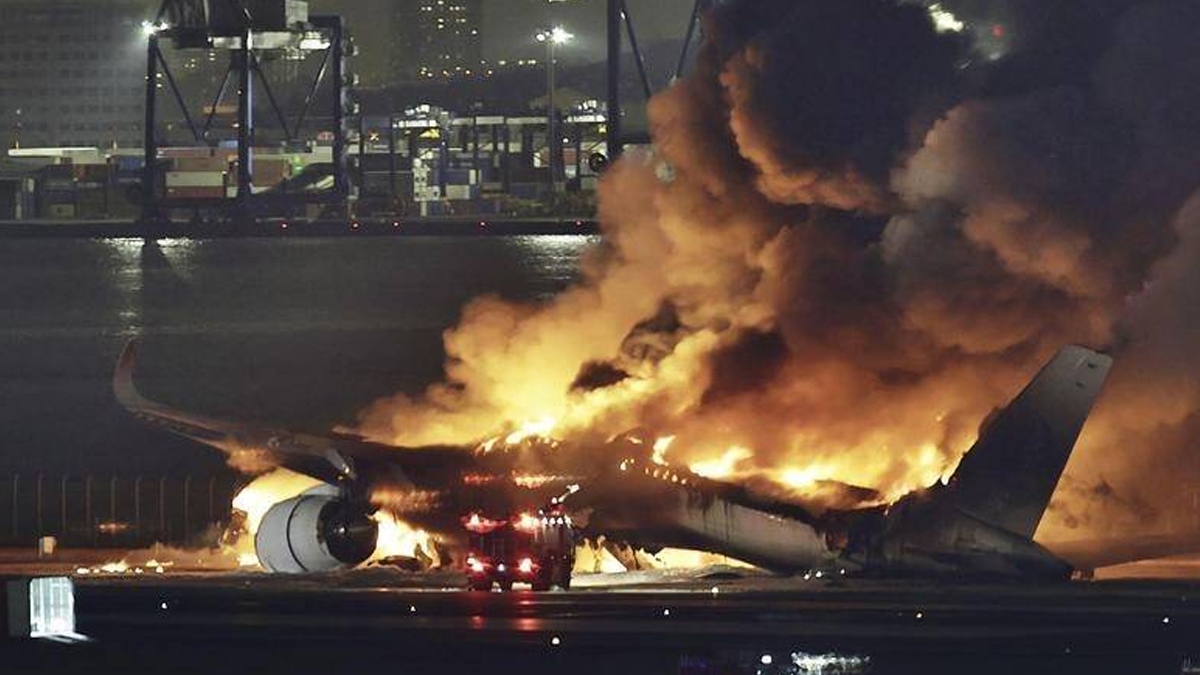Japan Airlines Tragedy: Shaping Aviation Safety and Evacuation Procedures


Send us your feedback to audioarticles@vaarta.com



In a harrowing incident at Tokyo's Haneda airport, a Japan Airlines Airbus A350 collided with a Japan Coast Guard Dash 8 plane during landing, causing a fireball that claimed five of six Coast Guard crew members' lives. Remarkably, all 379 passengers and crew on the A350 survived the accident. The successful evacuation owes itself to modern safety standards and Japan Airlines' stringent safety culture, experts suggest.
Reflecting on a catastrophic event in 1985—JAL Flight 123's crash that claimed 520 lives—Graham Braithwaite, a safety professor, credited it as a transformative point that enhanced JAL's safety protocols.
Learning from past tragedies, JAL prioritized safety measures. The company initiated educational spaces displaying the wreckage of Flight 123 to highlight the significance of safety, especially for newer staff unaware of the airline's history.
Presently, JAL's strict adherence to safety procedures, ingrained through routine training, appears to have contributed to the successful evacuation during the recent incident. Despite uncertainties about the crash's cause, the swift response of the crew, evacuating within 90 seconds, saved lives and underscored the importance of following safety protocols.
Aviation industry experts stress the critical role of safety training. International safety standards demand annual emergency evacuation drills for cabin crews, while airlines can impose additional safety requirements. Encouraging passengers to heed safety instructions is vital, as witnessed in the Tokyo incident, where evacuation efficiency was pivotal in saving lives.

Learning from past aviation accidents, such as British Airtours' 1985 disaster and other similar incidents, aviation authorities continuously refine safety measures to ensure passengers' well-being during emergencies. The recent Tokyo incident further emphasizes the importance of passengers prioritizing safety over personal belongings during evacuations.
Ultimately, this event reaffirms the importance of stringent safety protocols, rigorous training, and passengers' attention to safety briefings in averting tragic outcomes during air travel.
Follow us on Google News and stay updated with the latest!
Comments
- logoutLogout

-

Aarna Janani
Contact at support@indiaglitz.com




 Follow
Follow






















-a3e.jpg)
-3c4.jpg)
-e5c.jpg)
-e66.jpg)
-71b.jpg)
-5d5.jpg)
-adc.jpg)
-798.jpg)

-7c2.jpg)





































